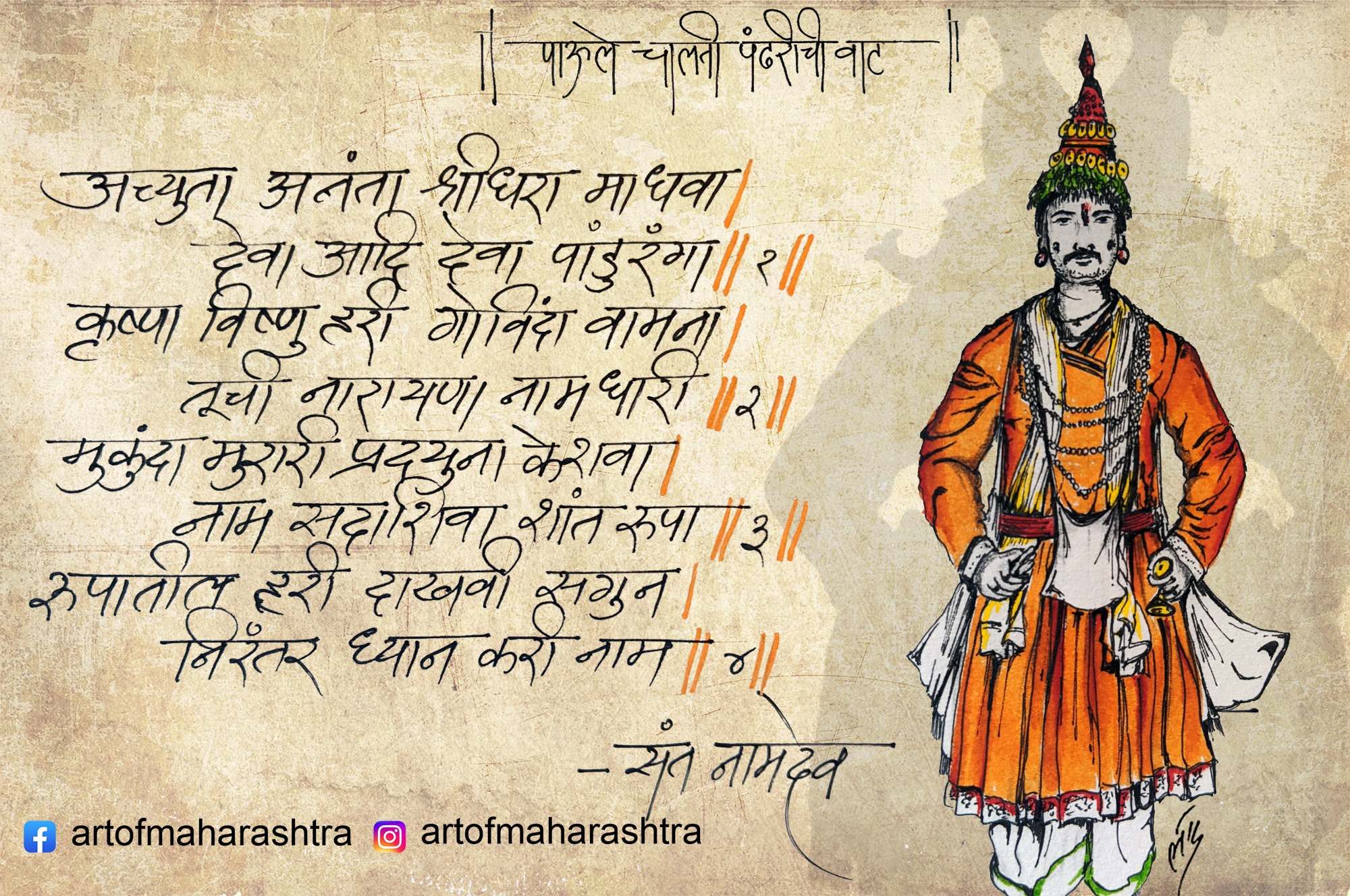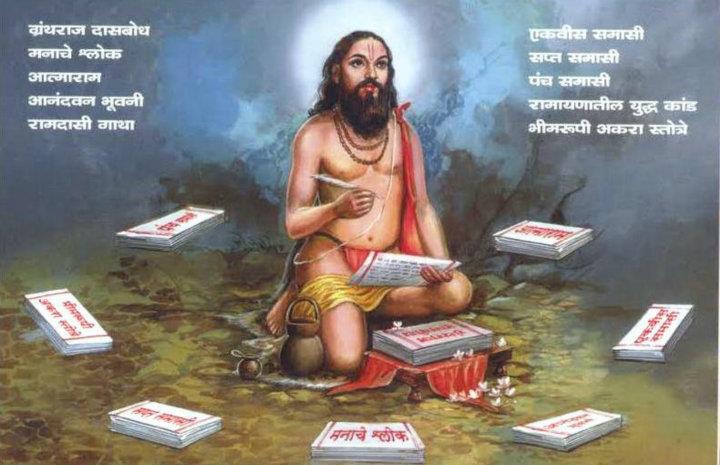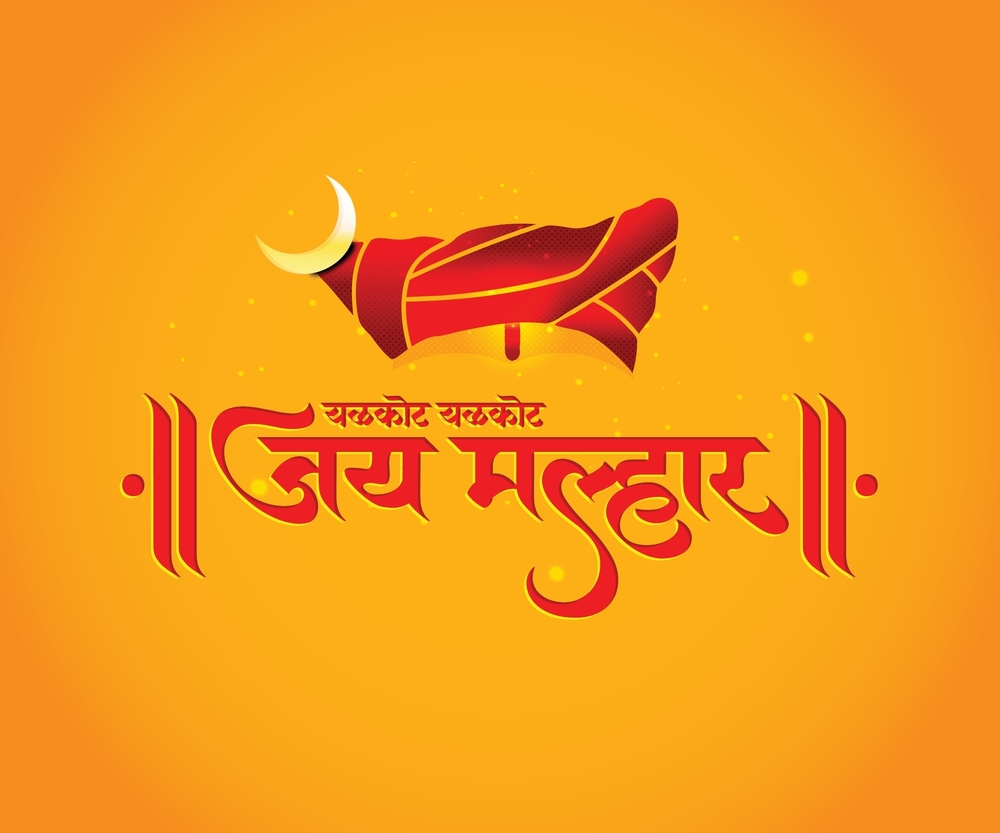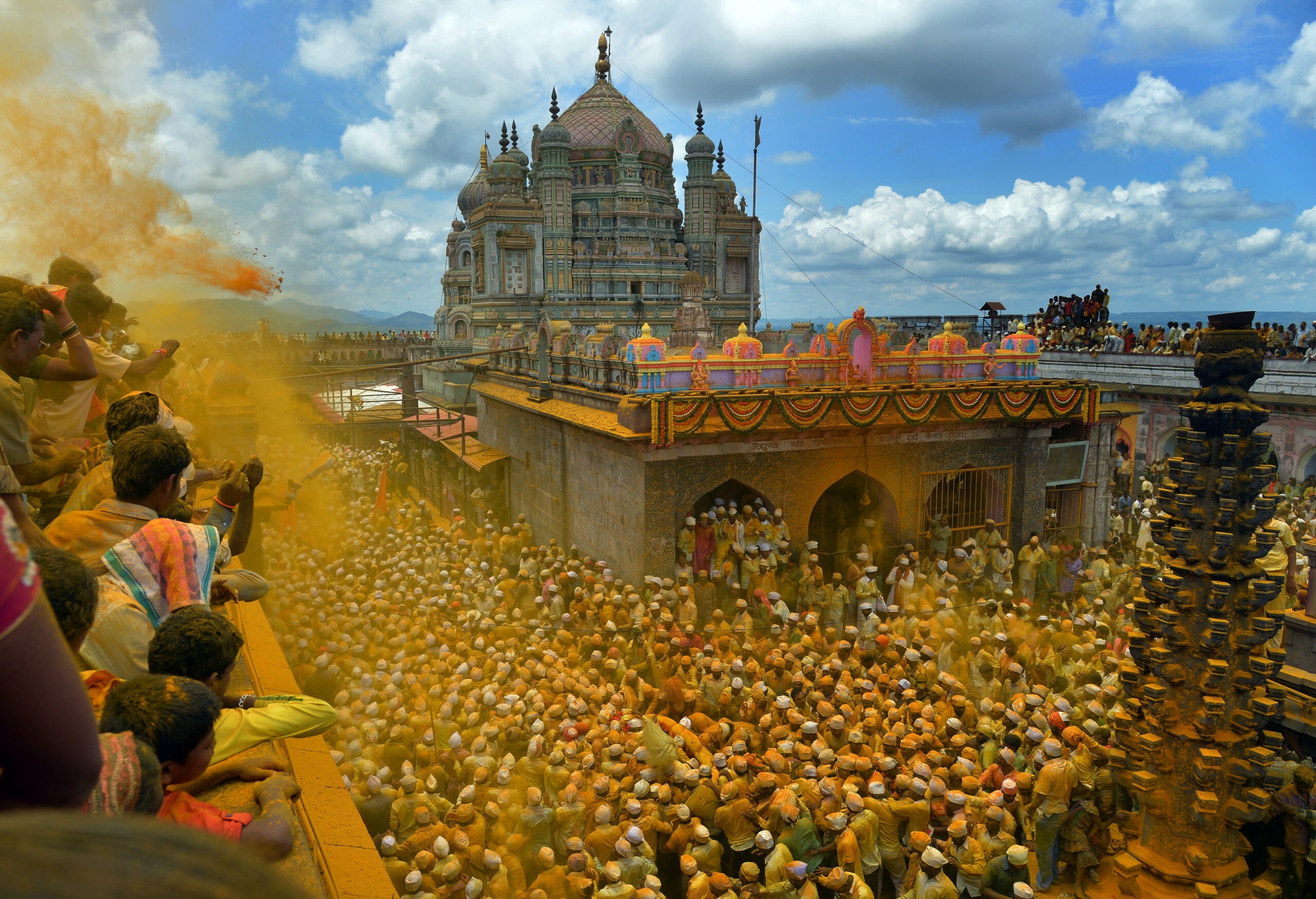
Vasudevs: The Mystical Wandering Krishna Worshippers of Maharashtra
Vasudevs: The Wandering Krishna Worshippers of Maharashtra In the bustling towns and serene villages of Maharashtra, a unique community of Krishna worshippers known as Vasudevs captivates people with their devotion, songs, and vibrant presence. These wandering minstrels carry a rich cultural heritage that blends music, mythology, and tradition. l The Life of a Vasudev The Vasudevs of Maharashtra are known for their dedication to singing bhakti songs devotional hymns that pay homage to Lord Krishna. Their mornings are spent wandering through villages and towns, performing their traditional bhakti songs, and surviving on alms provided by the people. However, in modern times, many Vasudevs supplement their livelihood with farming or animal rearing, as alms alone are often insufficient for survival. A Glimpse Into Their Origins The mythical origins of Vasudevs trace back to ancient texts, with the earliest references found in religious writings from the ninth century. The revered Saint Tukaram, a prominent figure in Maharashtra’s bhakti movement, composed songs celebrating the Vasudev community culture, highlighting their significance in the region’s spiritual history. Deeksha: The Initiation Ceremony Becoming a Vasudev is a sacred process marked by a Deeksha ceremony, akin to the initiation rituals of Brahmin boys. During this event, a priest whispers a secret mantra into the initiate’s ear, inducting him into the community of Krishna worshippers in India. Once initiated, Vasudevs embark on a spiritual journey, often traveling alone but sometimes performing as part of a group. They also engage in special dances that add a dynamic element to their devotion. Unique Cultural Practices The Vasudevs of Maharashtra have customs that set them apart, such as burying their dead rather than cremating them a practice uncommon in Hindu traditions. Their community is patriarchal, with men engaging in public performances while women focus on prayers and rituals at home, often fasting in honor of the Devi. The Unique Attire of Vasudevs One of the most striking aspects of the Vasudev community culture is their distinctive attire. Typically, a Vasudev wears: A white dhoti-kurta adorned with vibrant accessories. A colorful bag slung over the shoulder. A cap embellished with peacock feathers, a symbol of Krishna. Shimmering decorations that catch the eye. Their peacock feather caps of Vasudevs, often handmade, are the most intriguing part of their ensemble. As they walk and sing, they carry musical instruments that enrich their performance, adding rhythm to their traditional bhakti songs. A Personal Encounter with Vasudevs During Diwali, I had the opportunity to meet and interact with two Vasudevs in Mumbai. Their vibrant songs and colorful presence left me mesmerized. Speaking with one of them at length, I learned about their struggles, traditions, and devotion. This encounter inspired me to delve deeper into their mythical origins and share their story. Preserving a Rich Legacy In an era where modernization threatens traditional practices, the Vasudevs of Maharashtra continue to uphold their cultural heritage through their songs and rituals. They are a living testament to Maharashtra’s Krishna worship culture. Supporting and learning about communities like the Vasudevs not only enriches our understanding of diversity but also helps preserve their invaluable traditions. By sharing the life of Krishna devotees in Maharashtra, we can celebrate their legacy and ensure the traditions of the wandering minstrels of India are never forgotten. Conclusion The Vasudevs of Maharashtra stand as a unique and vibrant symbol of devotion, spirituality, and tradition. Their wandering lifestyle, heartfelt bhakti songs, and distinctive attire reflect the deep cultural and religious roots of Krishna worshippers in India. Despite modern challenges, their commitment to preserving their ancient traditions and spiritual practices is commendable. By understanding and supporting communities like the Vasudevs, we contribute to the celebration and preservation of India’s diverse heritage. Their story reminds us of the timeless beauty and resilience of cultural traditions in a rapidly changing world.








